Constitution Hall-The Free State Capitol
Introduction
Text-to-speech Audio
Images
Delegates assembled at this location in October 1855, approving a constitution that barred slavery from the territory.
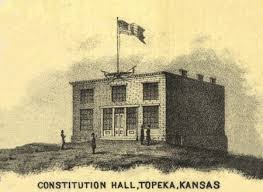
The Free State legislature met on here on the Fourth of July in 1856 but was forcibly dispersed by pro-slavery partisans in league with federal troops. From 1864-69, the building served as the first Kansas Statehouse.
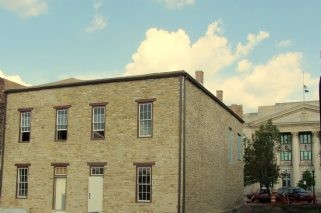
To learn more about this period, consider this book and several others by leading historians that are linked below.
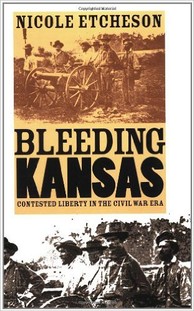
Federal troops surround Constitution Hall on July 4, 1856, and demand that supporters of the Free State legislature disperse.
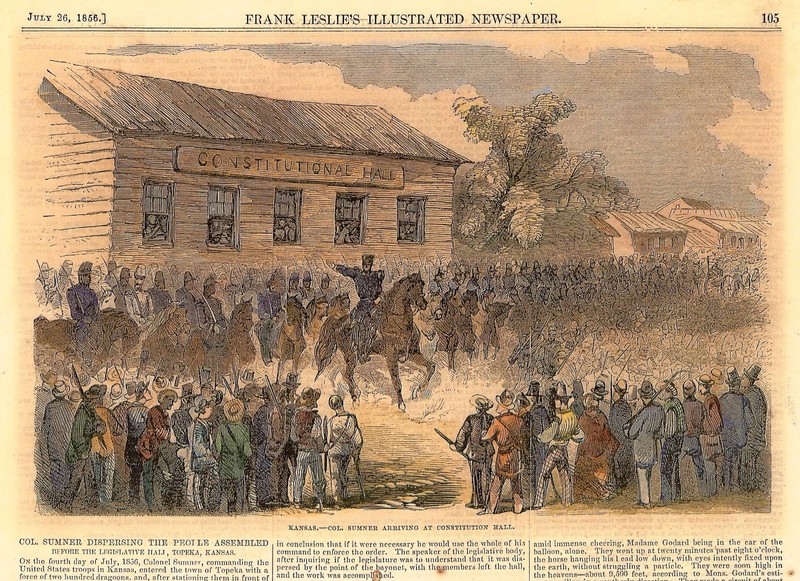
Despite extensive damage owing to years of neglect, the interior of the historic building is now open and used for school tours and other events.
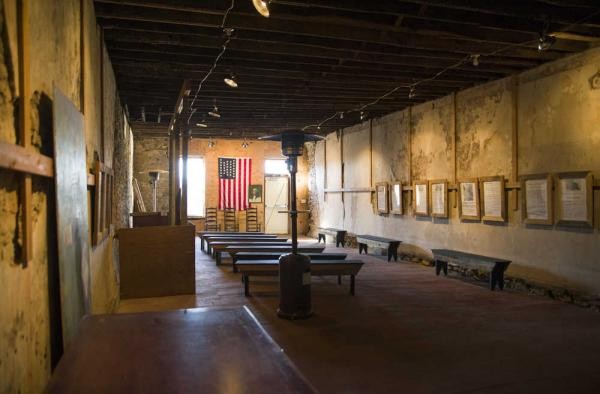
Restoration efforts are underway to preserve the historic structure and build a park next to the building. The historic building now has a temporary facade as well as a mural on the side of the building.
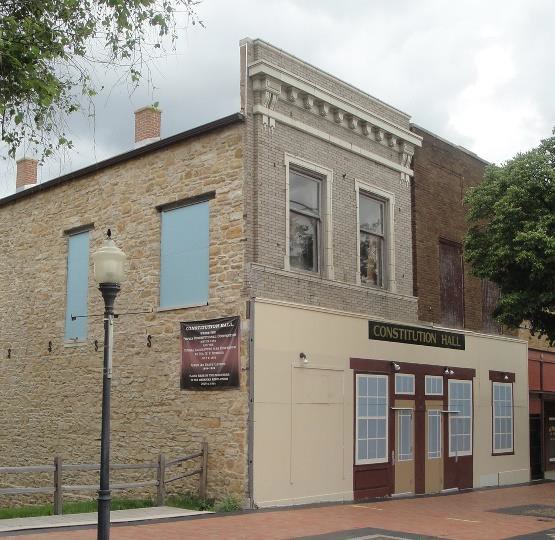
Backstory and Context
Text-to-speech Audio
The Northern-dominated House of Representatives still approved the Topeka legislature's request to recognize the state constitution they drafted and submitted to voters. The Topeka Constitution, in contrast to the one passed by the pro-slavery government in Lecompton, barred slavery. Southerners in the Senate were able to block the admission of Kansas as a free state in 1856.
Despite overwhelming evidence that the pro-slavery faction in Lecompton did not represent the sovereign will of the people of Kansas, then-President Franklin Pierce supported the pro-slavery government in Lecompton and actually declared that the Free Soilers who met in Kansas represented an insurrection against law and order. As a result, Kansas was denied statehood until after Lincoln's victory in the Presidential Election of 1860. As Southern Congressmen left Washington in protest, Congress approved a new anti-slavery state constitution, known as the Wyandotte Constitution, and admitted Kansas as a state on January 29, 1861.
In remembrance of Pierce's opposition, Topeka skipped Pierce in its section of city streets named in honor of American presidents. In his place, Topeka has a street named after Henry Clay-a moderate on the issue of slavery's western extension and a political rival of Pierce who never served as President.
Cite This Entry
M., Ben. "Constitution Hall-The Free State Capitol." Clio: Your Guide to History. June 5, 2018. Accessed March 29, 2025. https://theclio.com/tour/2448/5/reverse
Sources
Steve Fry, "Constitution Hall re-emerging on S. Kansas Avenue," Topeka Capital-Journal, December 3, 2011. (Accessed 8/25/16) http://cjonline.com/news/2011-12-03/constitution-hall-re-emerging-s-kansas-avenue#

